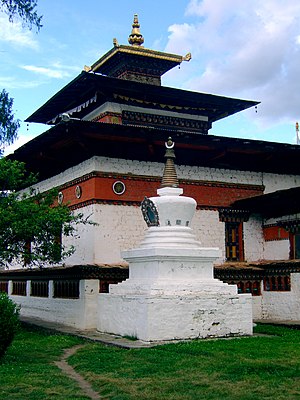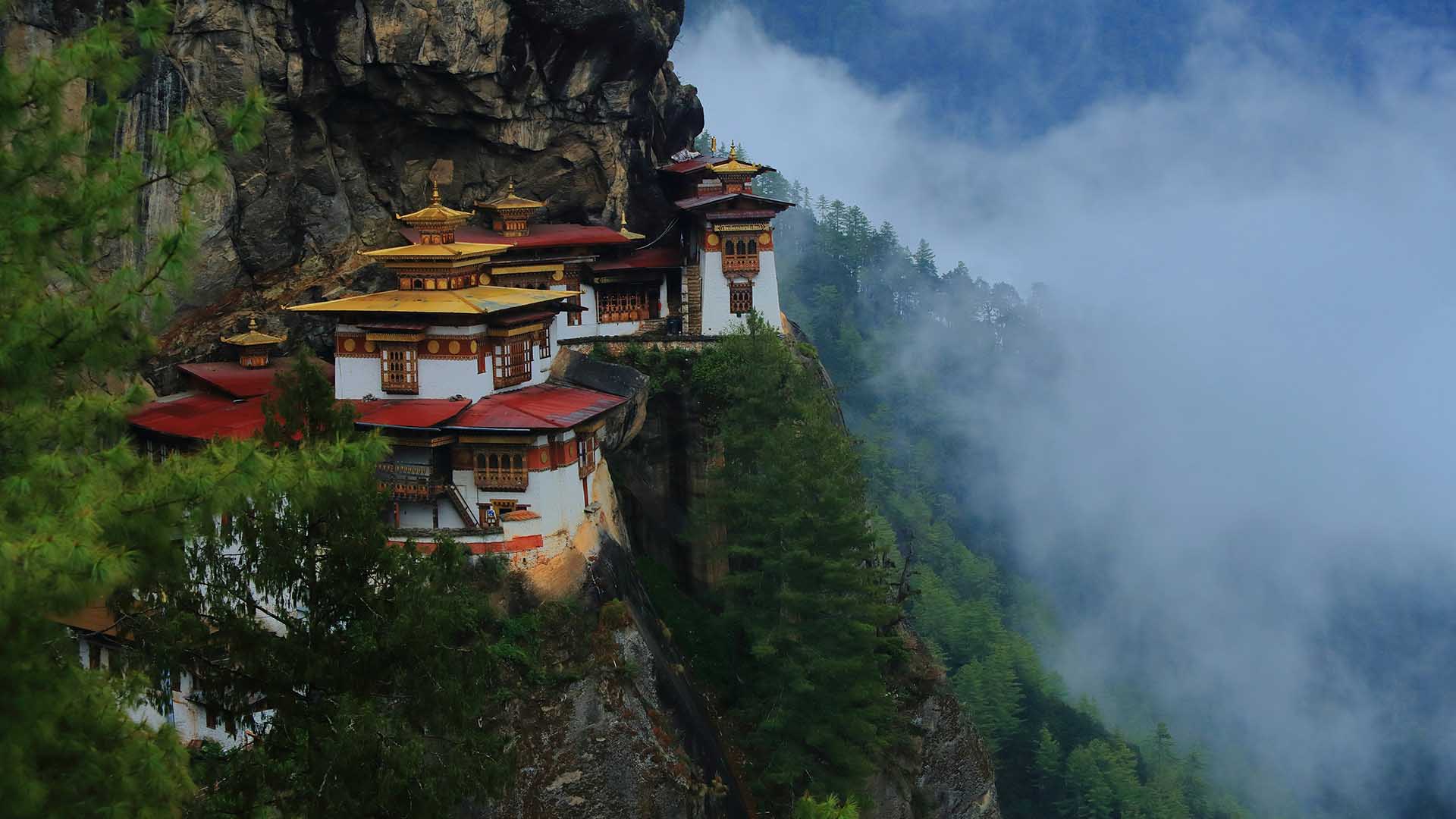01 Aug Kyichu Lhakhang: Bhutan’s Sacred Temple with Ancient Roots
Historical Significance of Kyichu Lhakhang
Kyichu Lhakhang holds the distinction of being one of the oldest temples in Bhutan. It was originally constructed in the 7th century by the Tibetan Emperor Songtsen Gampo, the 33rd King of the Yarlung dynasty. The temple is part of a network of 108 temples built by the emperor to subdue a demoness and establish Buddhism in the region. This particular temple, known as the Jowo Temple of Kyichu, is believed to be one of these “border taming” temples.
In the 8th century, Padmasambhava, also known as Guru Rinpoche, visited the temple and is said to have concealed many spiritual treasures within its grounds. Over the centuries, Kyichu Lhakhang underwent several transformations, being cared for by different Buddhist traditions and figures. In the 12th century, it was maintained by the Lhapa Kagyu tradition, and later in the 13th century, it was handed over to a descendant of Phajo Drugom Zhigpo’s son Nyima.
One of the most significant moments in the temple’s history occurred during the 15th century when the revered terton (treasure revealer) Pema Lingpa rediscovered the temple, which had been obscured from view, and restored it to its former glory.
Restorations and Additions
Throughout its long history, Kyichu Lhakhang has seen several periods of restoration and enhancement. In 1644, the temple was taken over by Ngawang Namgyal, the Zhabdrung Rinpoche, who is credited with unifying Bhutan. From 1836 to 1838, the 25th Je Khenpo Sherab Gyaltshen undertook a significant restoration and re-consecration of the temple.
In 1971, a major addition was made when Kesang Choden Wangchuck, the queen of Jigme Dorji Wangchuck, built a Guru Temple adjacent to the original Jowo Temple. This new temple was consecrated by the esteemed Buddhist master Dilgo Khyentse. Since then, annual rites dedicated to the deities Vajrasattva, Palchen Heruka, and Vajrakilaya have been held at Kyichu Lhakhang for the well-being of Bhutan, under the patronage of Kesang Choden Wangchuck.

The Sacred Purpose and Beliefs
Kyichu Lhakhang was originally built to subdue a demoness named Sin Mo. Legend has it that all 108 temples commissioned by Emperor Songtsen Gampo were constructed on the same day to effectively subjugate her and ensure the spread of Buddhism throughout the region. This temple, along with the other 107, is a cornerstone in the spiritual history of Bhutan, marking the country’s early adoption of Buddhism.
The temple is situated just north of Paro, a short five-minute drive from the town. Its location is significant, nestled between other important spiritual sites such as the Tenchen Choeling Nunnery, the famous Taktsang (Tiger’s Nest) Monastery, and Sangchoekhor.
Architectural and Spiritual Features
Over time, Kyichu Lhakhang has evolved from a modest structure into a grand temple complex, thanks to the contributions of various Buddhist saints and gurus. Today, it stands as a spectacular testament to the devotion and spiritual depth of Bhutanese culture.
One of the most remarkable features of Kyichu Lhakhang is the pair of orange trees in its courtyard, which are said to bear fruit throughout the year, regardless of the season. This phenomenon adds to the temple’s mystical allure and spiritual significance.


Sorry, the comment form is closed at this time.